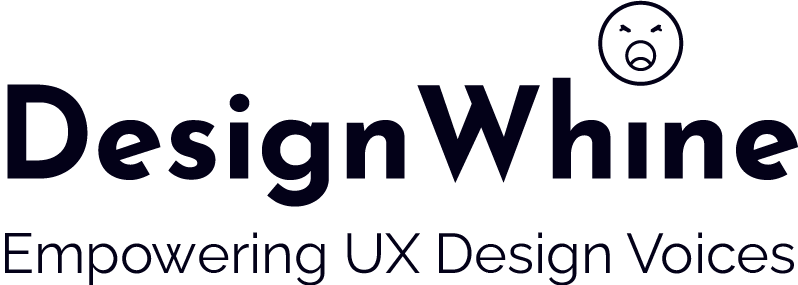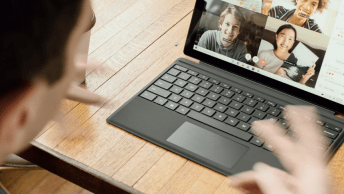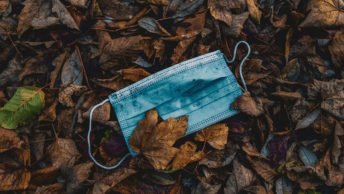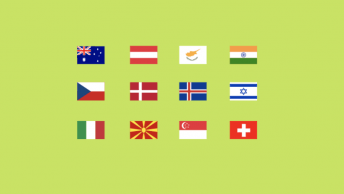I Acclimatized Mental Model
Who would have thought? In just about a couple of months, a new paradigm has emerged. A paradigm that brings with itself changed ways of working, new domains, new economy, new corporate conflicts and beyond all this an altered, reformed cognitive process. This paradigm is as profound as the invention of the internet or in the world of UI/UX design, the launch of the iPhone in 2007.
In early February, as COVID-19 cases rose worldwide, most of us thought the event would pass just like the Swine Flu, COVID-19’s milder cousin from 2009. When news of layoffs or companies going remote from within the industry started pouring in a few of us still believed it was far off. But the paradigm has been like the approaching Tyrannosaurus rex in the side view mirror of the 1993 film Jurassic Park. Closer than it appeared and far too real. It forced millions of people in the workforce, including designers, to swiftly adapt their ways of working and thinking.
Not just at an individual level, a bit too hurried and massive attitude transformation has occurred at organisational level as well. The employers which were earlier hesitant about having a couple of team members work remotely quickly went 100% remote with no qualms. Something touted as an optional facility had suddenly become a necessity.
Other companies went on an enormous cost-cutting spree as they cut down on the UX research budgets at best and laid off entire design teams at worst.
Six months later, the dust has somewhat settled. Both employers and employees have come to terms with this mandatory reform. The transformation is almost complete perishing the ones who couldn’t adapt to this wave of change.
The paradigm has only pardoned acclimatized mental models.
II Remote, Remoter, Remotest: Virtual Workspace
What a UI/UX designer could need apart from a laptop and an internet connection was already present. The market was awash with software and tools for a designer to work from home incessantly since about a couple of years ago. However, the elective subjects have suddenly become core.
But the biggest struggle of working remotely isn’t about the tools, software and technology. The workers, especially the UI/UX designers have swiftly adapted to using various tools to go about their design process. The struggle is to keep yourself engaged and feeling part of the bigger picture within your organisation. The only key is to push yourself to communicate and collaborate with colleagues via on-the-fly video calls even more than you’d do normally. Frequent peer one-on-one programs for team members to meet weekly and connect about anything and everything of their choice, volunteering and conducting knowledge sharing sessions or opening up various channels on Slack for everything from #projects and #general company information to #fitness, #music, #hobbies, #dogs, and #parenting to encourage interaction between the team members and facilitate the cafeteria conversations digitally.
The other challenge to working remotely is to know when and how to disconnect and manage work-life balance. This challenge can be overcome by assuming absolute control over your calendar. Planning out your schedules, blocking calendars for various activities and then religiously sticking to it, including planning for free time. Establishing a routine for answering emails also helps to disconnect by reducing the pressure to check your inbox during established non-working hours.
III Creative Dead End: Designer’s Block
Just like an acclimatized mountaineer scaling Everest can still go snowblind if s/he doesn’t take precautions for an extended period of time, a designer is prone to something known as a designer’s block where our creative muse disappears if we’re not watchful. The paradigm has ensured a designer cannot afford this and it’s necessary to revive it by any means necessary. This is even more difficult when we’re working in isolation with no physical interaction with our team and getting a different perspective is not as straightforward as walking up to a colleague for a quick banter in the office cafeteria.
But there are some things you could do try to revive the muse –
Visualization Technique – Turn off your laptop for a while, shut off all the lights, close your eyes and turn on soothing instrumental music and imagine your calm self in a white sandy beach with turquoise water and a clear blue sky. We recommend listening to https://www.solopianoradio.com while you give this exercise a try. This is sure to quieten your anxiety, bring things to perspective and make you feel refreshed.
Browse Pinterest – This one’s quite straightforward but works wonders. Just log on to Pinterest and search for “Experience Design” and just browse the results casually. You’re sure to feel refreshed and get new ideas instantly.
Organize – One of the things I frequently do when I’m battling creative block is organise my laptop and desk. Shut down unnecessary tabs, folders, windows. Tuck away non-essential objects from the table, put them in the drawer and focus on the absolute essentials. I can tell you from experience it works like a charm.
Look at nature – Going for a walk in a park nearby or just staring at the sky, trees, birds from your balcony can help you beat creative block. Coffee would be an add on.
IV Superhero or Sidekick: Designer’s Role in the Pandemic
As much as we’d like to blow our own trumpet and claim that “design will save the world”, the pandemic is testimony to the fact that nothing is further from the truth. We’ve no major role to play in medical epidemics such as this and are in fact supporting actors at best to the doctors and healthcare workers who have a huge role to play.
However, some contributions that us designers have made during the COVID-19 outbreak are noteworthy.
Covid19India.org and TheVaccineTracker.com are examples of data being distributed efficiently to the general populace as are all the various tracing apps backed by the official government of these countries. Then there’s this amazing AR ruler, the Keep Distance Ruler, that is compatible with the iPhone and measures the necessary distance for social distancing in a public gathering.
If we’re willing to leap beyond digital interfaces and encapsulate physical product designs and their contributions, we can perhaps take a moment and applaud some concept designs for better PPE kits for medical professionals, 3D reusable masks etc.
V The Road Ahead
If one chooses to evaluate, the pandemic also has a good amount of valuable insights to offer which one could make use of to future-proof their careers. For instance, it is quite apparent that consulting and service based business are a safer option as compared to product based corporations. Where product companies focusing on a single sector like travel, tourism, hospitality collapsed due to COVID-19, service based corporations withstood the damage as they had various other domains and sectors to balance out from.
Then there are industries whose growth has skyrocketed during the pandemic. The global lockdown ensured the OTT industry was at an all time boom with millions of new users every month who had no other option but to resort to streaming media for entertainment and escapism.
Similarly, hordes of schools and educational institutes rushed to put their services completely online so that schooling, training, coachings could be provided to the students at home safely, without stepping out in the epidemic. Video conferencing, E-commerce all witnessed a massive upsurge in user adoption in just a couple of months since February.
If there’s ever been a time to apply and learn Speculative Design, it is now and to none other than our own careers. Coined by Anthony Dunne, head of the design interactions programme at the Royal College of Art, London, in the 1990s, Speculative Design, also known as Design Fiction, envisions solutions for a distant future at a societal magnitude. It goes beyond the design of individual products of use, and offers an opportunity to the designers to extend their creativity into the realms of science fiction and imaginary future worlds.
For example, if we were to speculate the future of our careers at a glance, it wouldn’t be an exaggeration to state that the two industries that will withstand the worst of pandemics and even grow manyfolds during such catastrophic events would be Healthcare and Digital Payments. The former because of the very characteristic that declares such events as pandemics concern human wellbeing. At the risk of making a blanket statement, I think as long as humanity is alive, there will always be scope for a career in Healthcare.
The latter, because it ensures commerce without much movement. Any catastrophic event such as a COVID-19, a zombie apocalypse or even a meteorite collision would warrant restricted mobility and this in turn will ensure humanity’s reliance on the digital payments for goods and services even more. Payment processors will be encouraged to invest in service quality and to increase infrastructure and capacity.
As designers it is only imperative that we pause, speculate, empathize with ourselves and redesign the future so that our experience of it is as seamless as possible.







